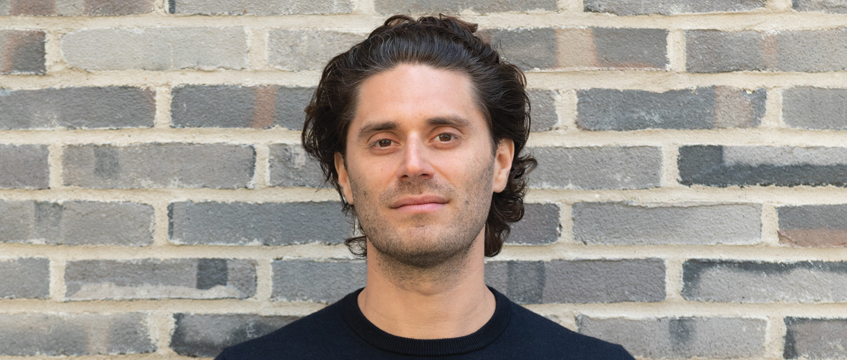COMMENT Every developer is a movie producer – they may just not realise it. Embracing this creative reimagining of the role is key to securing legacy and defining a genre.
For those new to the industry, the role of a developer can be challenging to explain. Reflecting on the early years of my career, I have found that the best way to describe what I do is by comparing it to the role of a movie producer.
This analogy captures the essence of the job, emphasising the importance of fusing vision and imagination, teamwork and collaboration and persistence and resilience. It’s ultimately about creating a product that delights and excites our end users and, hopefully, leaves a lasting legacy that stands the test of time.
Now, more than ever, our industry needs developers who recognise their responsibility in creating meaningful and long-lasting change. It should be a given that every development project delivers social, local and environmental benefits. The opportunity to effect change is within our grasp.
So, how can understanding a developer’s role guide an approach that positively impacts the built environment of the future?
Finding the right story
Producers are creative visionaries, committed to delivering value and impact. They find a story with potential, pitch the script, assemble the creative team and oversee the production of a movie that resonates with audiences.
It is a job that requires a fusion of creative thinking and commercial understanding with a never-quit attitude, and an ability to find solutions to every problem that arises along the way – and believe me, each project has its challenges.
I often liken each real estate project to a movie, where the developer’s “script” is the business plan – a fully-fledged vision for the end user.
The most compelling projects are often those that present significant challenges, at least at first glance. Of course, this vision must also appeal to investors. To maximise value and justify investment, every aspect of the script – social, commercial, and cultural – must be carefully measured and evaluated.
Putting a crew together
Another key task for the producer is assembling a creative team capable of bringing the script to life. Casting the right talent is crucial to realising an ambitious vision that serves all.
For developers, this team includes architects, designers, landscapers, brand consultants, banks and investors – to name just a few. The developer’s role is to inspire, challenge, and support these creative players to achieve an outcome that sets a new standard.
Building or reimagining places that drive meaningful change requires hands-on involvement and a commitment to fostering collaboration and embracing continuous improvement, from the ground up.
Audience reaction
For the developer, experience is crucial. Just as every movie has two key audiences, so do the places we create: the first is those who live, work and play in these spaces (the people who will go to see the movie); the second is wider society, where social, economic or environmental impacts are felt.
Think of well-known film director/producers like Steven Spielberg, Kathryn Bigelow or Spike Lee – each is recognised for their unique style, storytelling and artistic impact. Spielberg is the pioneer of the modern blockbuster. Bigelow changed the game with gritty, high-impact imagery, that also serves as social commentary. Lee transformed the role of Black talent in film.
Developers can achieve similar impact by not only creating beautiful buildings but also driving meaningful change. This might be sustainably retrofitting a heritage asset, designing spaces that nurture the next generation of creatives, enhancing the economic value of an area, or pioneering a new asset class – all have a direct impact on society.
The built environment shapes how we live, work, and play, and the influence we, as developers, can have on people’s lives cannot be overstated. Delivering meaningful change, and possibly even defining a genre, requires developers to consider their role through a new lens.
At General Projects, we took on this challenge some time ago, to reimagine the built environment with a bright future that balances commercial, community and cultural needs. As rising stars, the power to make change is in your hands. Embrace your role as creative visionaries for the built environment of tomorrow.
Jacob Loftus is founder and chief executive of General Projects











